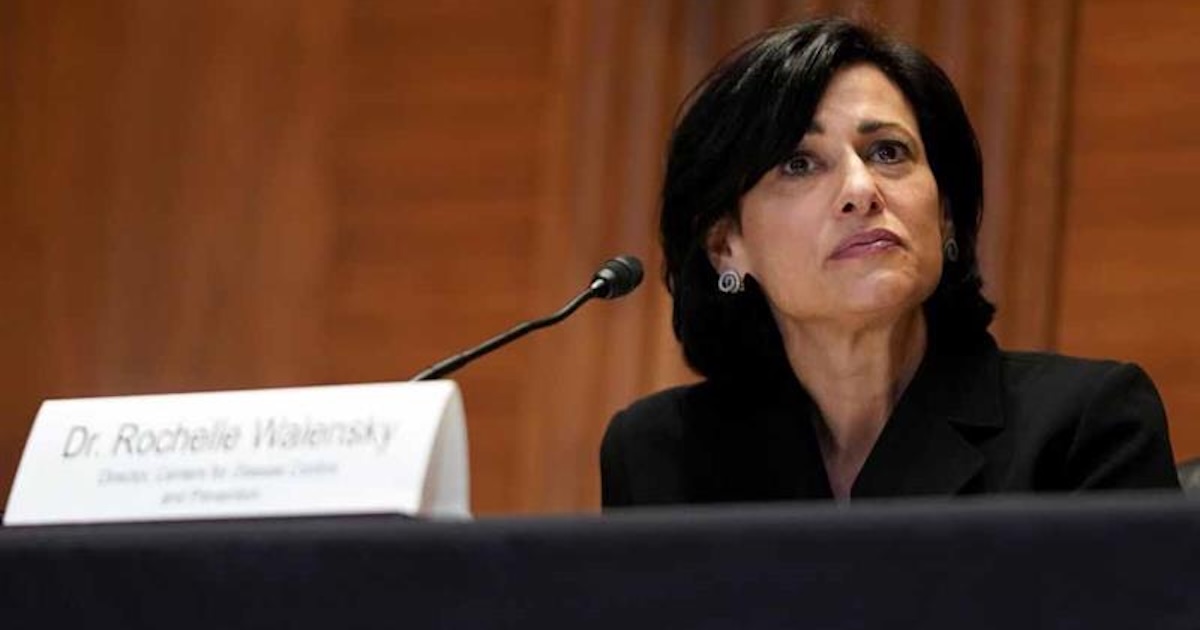The recent – and rather breathlessly reported - unveiling of the Apple Watch has many in the mHealth space wondering whether the final bridge is being crossed to patient engagement. Finally, a mobile healthcare platform that both the doctor and the consumer can share and appreciate.
Not so fast.
Despite the apparent uptake in consumer interest, the healthcare community has been slow to embrace wearable health and fitness monitors. And while the Apple watch and its accompanying HealthKit platform (once the bugs are worked out) might be just what the doctor ordered, Tom Heatherington, Accenture's managing director of digital strategy, says there are three key challenges that the industry will have to overcome to prove – wait for it – meaningful use.
1. Integration. Wearable health and fitness monitors may look great and offer just what the connected consumer wants, but they don't integrate with the infrastructure already in place. "Payers and providers to date have not taken advantage of personal monitoring devices," Heatherington says, because they aren't fitting into anyone's workflow and they aren't presenting clinical data that either can use. At the moment, he says, there aren't any "analytical layers necessary to derive value from this information."
2. Workflows. If there's one thing the provider doesn't need right now, it's more work. And once mobile device manufacturers figure out how to give doctors the data they need to affect clinical decisions, they'll have to make sure that insight is woven naturally into the doctor's workflow. "You can't just add another thing for the provider to do, another panel for them to watch," says Heatherington.
3. Incentives. Clinicians aren't being reimbursed for personal monitoring technology says Heatherington, so there's no compelling reason for them to add devices to their workflow. "You need to align workflows with corresponding incentive systems," he says. "Give them one more reason to pay attention."
Despite these challenges, Heatherington says the Apple Watch and HealthKit are a step in the right direction. "We're talking about the way that care is delivered and consumed," he says, "and I do believe this can be a catalyst for change."
Why? 'I'm intrigued by Apple's commitment to push their ecosystem into the health domain," he says, as evidenced by the company's pilot projects with Stanford University Hospital and Duke University, as well as the Mayo Clinic, IBM and Epic. "The consumer-focused information system is being brought solely to bear on healthcare," he says. "This is opening up some new possibilities."
"We're in the midst of a cultural movement in health," Heatherington says. "You're going to see some next-generation relationships" between providers and payers, as well as between each of those parties and the consumer.


